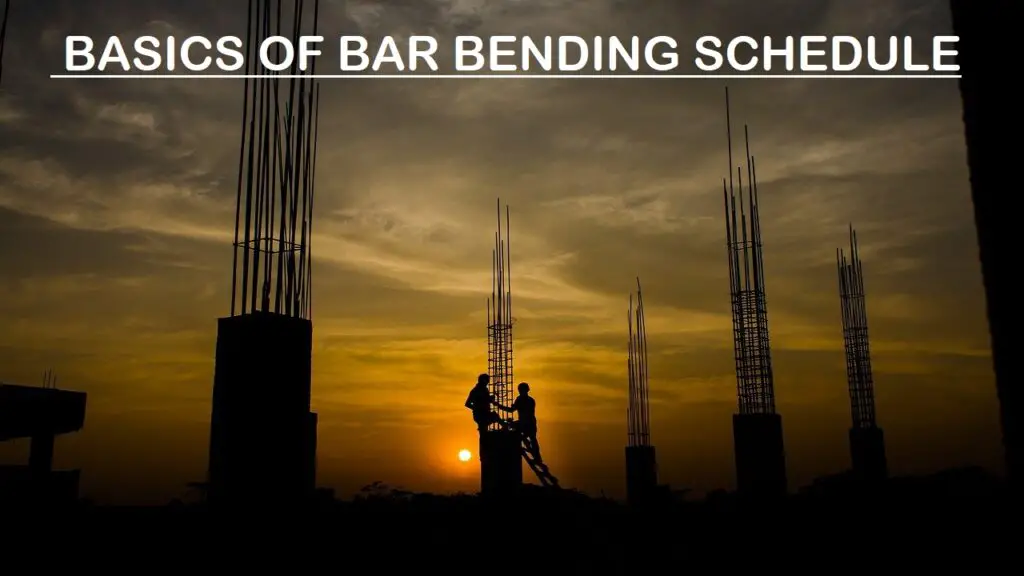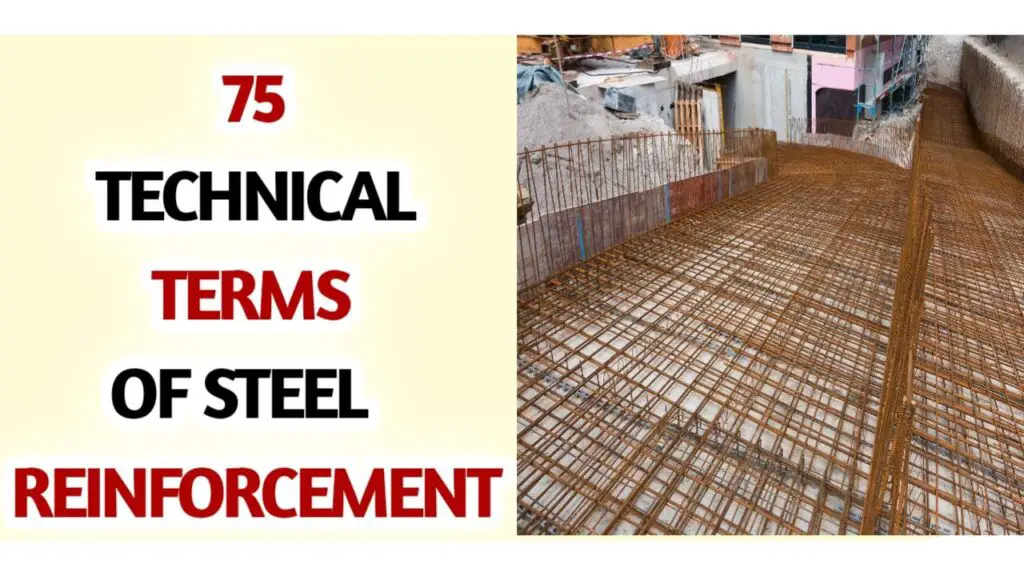If you’re a homeowner considering a foundation for your home, you may have heard about floating slabs. It’s a type of foundation that offers a straightforward and cost-effective option for residential construction. In this comprehensive guide, we’ll dive deeper into floating slabs, from what they are, how they differ from other foundation types, the installation process, maintenance tips, potential problems, and cost considerations. By the end, you’ll have a thorough understanding of floating slabs and be better equipped to make informed decisions regarding your home’s foundation choice.

- A floating slab is a cost-effective and straightforward foundation option for residential construction.
- Floating slabs sit directly on the ground, without any deep footings or basements.
- They offer benefits such as easy installation, low cost, and suitability for specific soil types and climates.
- However, their disadvantages include limited insulation options and potential moisture issues.
- Regular maintenance is crucial to ensure the longevity and structural integrity of floating slabs.
What is a Floating Slab?
If you’re planning to build a home or considering foundation options for your existing home, you might have come across the term “floating slab foundation.” A floating slab is a type of foundation that sits directly on the ground. It is simple, affordable, and commonly used for residential construction. Unlike traditional foundations, floating slabs don’t require deep footings or basements, making them a popular choice for homeowners looking for a cost-effective solution.
A floating slab is made up of a single layer of concrete and is designed to “float” on top of the soil. It works by evenly distributing the weight of your home and preventing damage caused by shifts in the soil.
One major advantage of a floating slab foundation is the ease of installation. Since it does not require any complex excavation or additional structural elements, it can be installed relatively quickly and without extensive labor costs. Additionally, the lack of a basement eliminates the need for expensive waterproofing systems, saving even more money.
However, there are also downsides to a floating slab foundation, including potential moisture problems and limited insulation options. It’s important to weigh the pros and cons carefully before deciding if a floating slab is the right choice for your home.

Floating Slab vs. Monolithic Slab
As a homeowner, it’s essential to understand the differences between floating slabs and monolithic slabs when choosing a foundation for your home. While both types of foundations sit directly on the ground, they differ in their construction and reinforcement.
A monolithic slab is a single, thick layer of concrete that is poured in one go, with the footings and slab forming a single, continuous unit. In contrast, a floating slab is a thinner layer of concrete that is poured directly onto a layer of gravel or crushed stone. Unlike monolithic slabs, floating slabs do not require steel reinforcements or deep footings.
One advantage of floating slabs is their cost-effectiveness compared to monolithic slabs. Since they require less material and labor to install, they can save you money on your foundation construction costs. On the other hand, monolithic slabs offer better stability and protection against soil moisture due to their thicker, reinforced build.
| Floating Slab | Monolithic Slab | |
|---|---|---|
| Construction | A thin layer of concrete directly on the ground | Single, thick layer of concrete with footings and slab as a continuous unit |
| Reinforcements | No steel reinforcements required | Steel reinforcements required |
| Cost | Cost-effective due to less material and labor required | More expensive due to the thicker, reinforced build |
| Stability | Less stable compared to monolithic slabs | More stable due to the reinforced build |
| Protection Against Soil Moisture | May be more prone to moisture issues due to a thinner build | Better protection against soil moisture due to thicker, reinforced build |
When choosing between a floating slab and a monolithic slab, consider your budget, the soil conditions in your area, and the level of stability and protection you require for your home’s foundation. Consulting with a professional contractor can also help you make an informed decision on which option is best for your needs.

A floating slab foundation is an appealing option for many homeowners due to its affordability and ease of installation. However, like any foundation type, it comes with its own set of advantages and disadvantages that you should consider before making a final decision.
Advantages of Floating Slab
| Advantages | Details |
|---|---|
| Cost-effective | One of the main benefits of a floating slab is its affordability. It requires less labor and materials compared to other foundation types, making it a cost-effective choice for homeowners. |
| Easy installation | A floating slab is much simpler to install than other foundation types. The process involves preparing the site, laying the foundation, and allowing it to set. This quick installation process saves both time and money. |
| Flexible design | Since a floating slab does not rely on deep footings or basements, it provides homeowners with more flexibility when it comes to designing their homes. This type of foundation can support a wide range of architectural styles and home designs. |
Disadvantages of Floating Slab
While there are benefits to choosing a floating slab, there are also certain drawbacks that you should consider:
- Potential moisture issues: Since floating slabs are placed directly on the ground, they can be susceptible to moisture issues, such as dampness and mold growth.
- Minimal insulation options: Insulation options for floating slabs are limited, which can lead to higher energy costs in the long run.
- Inability to support heavy loads: Floating slabs are not well-suited for heavy loads, such as those found in multi-story buildings or industrial structures.
While there are disadvantages to choosing a floating slab, they may not be significant enough to outweigh the benefits for your specific situation. It’s important to weigh the pros and cons carefully before making a final decision.

If you’re considering a floating slab for your home, it’s essential to know the proper installation process. Here are the steps you need to follow:
- Prepare the site: Clear any vegetation or debris from the area where the foundation will be installed. Level the site to prevent any unevenness in the slab.
- Install the formwork: Create a frame for the foundation using timber or metal frames and stakes. The formwork should be leveled and properly braced to prevent movement.
- Place the reinforcement: Steel mesh or bars should be placed on top of the formwork to reinforce the foundation and prevent cracking.
- Pour the concrete: The concrete should be poured in layers, ensuring it fills the formwork evenly. Use a vibrating tool to remove any air pockets and ensure proper compaction.
- Cure the concrete: Allow the concrete to cure for at least seven days before removing the formwork. Keep the surface moist during the curing process to prevent cracking.
- Install vinyl flooring: Once the foundation is cured and the formwork is removed, you can install your vinyl flooring. Make sure to follow the manufacturer’s instructions and use a proper underlayment to prevent moisture buildup.
Installing vinyl flooring over a floating slab is a popular choice as it is affordable and easy to maintain. However, it’s important to install it correctly to prevent any moisture issues or damage to the foundation. Following these steps will ensure your floating slab foundation and vinyl flooring are properly installed and long-lasting.

Proper maintenance is vital to ensure the longevity of your floating slab foundation. By taking a proactive approach, you can avoid costly repairs down the road. Here are some essential maintenance tips to keep in mind:
- Regular inspections: Inspect your floating slab foundation regularly, looking for signs of cracks, settling, and other damage. Catching these issues early can prevent them from worsening.
- Manage moisture: Floating slabs are more susceptible to moisture issues than other types of foundations. Be sure to keep the area around your foundation well-drained, and address any standing water promptly. Use a dehumidifier in your home to reduce moisture levels.
- Protect against termites: Termites can wreak havoc on a floating slab foundation. Be sure to have your home inspected for termites regularly, and consider termite treatment options specifically designed for slab on grade.
- Address cracks: If you notice any cracks in your foundation, address them promptly. Depending on the severity of the crack, you may need to hire a professional to perform repairs.
- Monitor soil conditions: Changes in soil moisture or composition can impact the stability of your foundation. Keep an eye on the soil around your foundation and address any issues promptly.
By following these maintenance tips, you can keep your slab on grade foundation in top condition and help prevent potential issues. Remember, prevention is key when it comes to maintaining your home’s foundation.

While floating slab foundations are generally reliable, they can still encounter specific issues that can compromise their stability over time. If you’re a homeowner with a floating slab foundation, it’s essential to be aware of these common problems:
| Problem | Potential Cause | Solution |
|---|---|---|
| Settling | The soil below the slab may not have been compacted enough, causing the foundation to sink or settle unevenly. | Hire a professional to assess the severity of the settling and determine the best course of action. This may include adding more soil, re-compacting the area, or applying mud jacking. |
| Cracks | As with any foundation, floating slabs can develop cracks over time due to soil movement or temperature changes. | Fill in minor cracks with epoxy or polyurethane foam. For larger cracks, it is best to consult a professional to assess the extent of the damage and determine the best repair method. |
| Moisture | Floating slabs can be susceptible to moisture issues, especially if the area around the foundation is not adequately graded or if there is poor drainage. | Ensure proper grading and drainage around your foundation, and take measures to manage moisture levels, such as installing a vapor barrier or dehumidifier. |
| Unevenness | In some cases, floating slabs can become uneven, leading to potential tripping hazards or structural issues. | Consult a professional to assess the cause of the unevenness and determine the best repair method, which may involve mud jacking or leveling compounds. |
Regular inspections and maintenance can help identify these problems early on and prevent them from causing more significant issues down the line. If you’re unsure about the state of your floating slab foundation, consider hiring a professional for an assessment.

Termites are a significant threat to any home, including those with floating slab foundations. Since termites can enter a home through small cracks in the slab, regular inspections, and termite treatments are crucial.
When it comes to termite treatment for floating slab foundations, there are specific options available. One effective method is to apply a chemical barrier around the perimeter of your home. This treatment involves drilling small holes near the foundation and injecting a termiticide into the soil. The termiticide creates a continuous barrier, preventing termites from entering your home.
Another treatment option is to use bait stations, which are placed around the perimeter of your home. These stations contain a slow-acting poison that the termites ingest and spread throughout their colony, eventually leading to their elimination.
If you suspect that your floating slab foundation may have termites, it’s essential to contact a pest control professional immediately. They can assess the situation and recommend an effective treatment plan to protect your home from further damage.

When considering a floating slab foundation for your home, one of the essential factors is the cost. Floating slabs are known for their affordability, and this is due to their straightforward installation process and minimal material requirements. The initial installation cost of a floating slab is usually lower than that of a traditional foundation, such as a full basement or a crawlspace.
However, it’s important to note that the cost of a floating slab foundation can vary depending on several factors. The size of your home, the soil condition, and the climate of your area can all impact the total cost of installation. It’s crucial to have a professional conduct a site evaluation and provide you with a detailed cost estimate before beginning the installation process.
In addition to the initial cost, maintenance expenses should also be considered when budgeting for a floating slab foundation. While floating slabs require less maintenance than other foundation types, regular inspections and repairs are still necessary to ensure their longevity.
It’s also important to consider the long-term cost savings associated with a floating slab foundation. Due to their simplicity and lack of deep footings, slab on grade can save you money on excavation and grading expenses. They are also an energy-efficient option, as they provide thermal mass that can help regulate your home’s temperature and reduce heating and cooling costs in the long run.
Overall, the cost of a slab-on-grade foundation can be a significant advantage to homeowners looking for an affordable and straightforward foundation option. By understanding the cost factors and long-term savings, you can make informed decisions regarding your home’s foundation choice.

Choosing the right foundation for your home is an important decision that can have long-lasting implications. Floating slabs provide a cost-effective and straightforward option that may be a great fit for your needs. By understanding the benefits of slab on grade, weighing their advantages and disadvantages, and following the proper installation and maintenance protocols, you can ensure your home’s foundation remains stable and secure.
If you’re unsure whether a slab on grade is the right choice for your home, consult with a professional foundation contractor. They can provide expert advice and guidance, as well as assess your site’s suitability for a slab on grade. Regardless of the foundation type you choose, prioritizing the longevity and stability of your home’s foundation is essential.
Thanks For the Great Attention!
Also, Read
1000Sqft house construction cost in 2022
Compound wall cost per Rft & Sqft
Basic House Construction Cost in 2022
FAQ
Q: What is a floating slab?
A: A floating slab is a type of foundation that sits directly on the ground, without any deep footings or basements. It is typically used for residential construction and is known for its simplicity and cost-effectiveness.
Q: How does a floating slab differ from a monolithic slab?
A: A floating slab and a monolithic slab are two types of foundations. A floating slab sits directly on the ground, while a monolithic slab has a continuous footing around the perimeter. The key difference is the absence of deep footings or basements in a floating slab.
Q: What are the advantages and disadvantages of a monolithic slab?
A: Some advantages of a monolithic slab include affordability, ease of installation, and suitability for certain soil conditions. However, a monolithic slab may have drawbacks such as potential moisture issues and limited insulation options.
Q: How is a monolithic slab installed?
A: The installation process of a monolithic slab involves preparing the site, laying the foundation, and providing proper insulation and moisture protection. It is essential to follow a step-by-step guide to ensure a successful installation.
Q: What maintenance tips are important for a monolithic slab?
A: Regular maintenance tasks for a floating slab include checking for cracks, managing moisture, and protecting against termites. By addressing these maintenance needs, you can ensure the longevity and structural integrity of the foundation.
Q: What are common problems with a monolithic slab foundation?
A: Common problems with a floating slab monolithic slab per maintenance and timely repairs.
Q: How can I protect my monolithic slab from termites?
A: To protect a monolithic slab from termites, it is important to use termite treatment options specifically designed for this type of foundation. These treatments can help prevent termite infestations and minimize the risk of damage.
Q: What is the cost of floating slabs?
A: The cost of a monolithic slab includes the initial installation expenses as well as long-term maintenance costs. It is important to consider both factors when evaluating the financial aspects of choosing a floating slab foundation.



